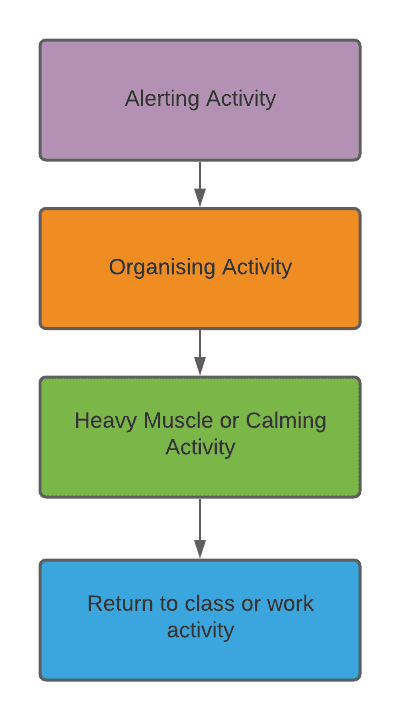We believe that consistency is vital for our students during remote learning, so we will be offering all students their usual full timetable, albeit via their virtual classrooms.
Therefore we would ask for your support in ensuring that whilst your son or daughter is accessing remote learning, that they access their Google Classes at the same times as they would be if they were in school. If you do not have a copy of their timetable please email info@snowfieldsacademy.org.uk and state which class your son/daughter is in and we will get a copy to you.
We recognise these are challenging times for all young people, no more so than for our students at Snowfields, however we are confident that our Remote Learning offer can ensure that all of our students continue to access the same high quality Teaching and Learning that they experience and participate in when they physically in school.
Forgotten Log in/ Password
If your son/daughter has forgotten their username it will be:
- Year 7: 13 first 4 letters of SURNAME plus first 2 letters of FIRSTNAME 01@sfalearner.org.uk
- Year 8: 12 first 4 letters of SURNAME plus first 2 letters of FIRSTNAME 01@sfalearner.org.uk
- Year 9: 11 first 4 letters of SURNAME plus first 2 letters of FIRSTNAME 01@sfalearner.org.uk
I.e year 7 named Harry Potter would be ’13pottha01@sfalearner.org.uk’
If your son/daughter has not logged into their google account this term then their Password will have been reset to Snowfields21 (Capital S). Once logged in for the first time it will request a new password is set, please support your son/daughter to do this and keep a note of this password somewhere secure.
If you still can’t log in please email info@snowfieldsacademy.org.uk to request a new password.
Sensory Regulation During Home Learning
At Snowfields we fully understand the relationship between learning and sensory regulation. If our students’ sensory needs are not met, they will not be in the best position to learn. In school we use specialist spaces and resources to help us achieve this, however we appreciate at the moment with students at home they are not necessarily able to access our specialist spaces. Sensory regulation can still be achieved in the home and below is some guidance on ways this could be achieved. Reducing stress and anxiety for all of us is important and impacts are far reaching including:
- Better health
- May reduce the likelihood of depression
- Improves the ability and/or quality of sleep
- Lower physical effects of stress and anxiety through the release of endorphins
- Improves focus
- Improve ability or allowing for self or mutual regulation

When and how long to do these activities
These sessions are always a good idea to plan into the structure of the day. However if you or your son/daughter feel the need to put it in place at a different point then this is fine. As in school sensory regulation must be steered by the needs of the individual.
When it comes to providing alerting sensory input through movement, focus on faster, less predictable movement activities as this will encourage more movement or alertness. When used alone with a child who tends to be hyperactive it can increase hyperactivity without implementing heavy muscle work and organising activities.
Examples: rolling on an exercise ball, jumping, skipping rope, ball games, target throwing and dancing.
Organising activities are used to increase focus. Organising activities followed by calming activities are needed to start accessing more difficult tasks that require more processing. The main aim is that the person doing the activity has to organise their thoughts for their body to complete a more difficult movement task.
Examples: balance board, bend a rope into different shapes and walk along it, lego patterns, building games, jenga stacking
Heavy muscle work is anything where the body slowly pushes or pulls. Its name might give the impression of being hard to do, but that’s not the case at all. In fact, it can be therapeutic for children, especially those with autism, helping them feel calmer and prepared for the day ahead.
Examples: Press ups, walking up and down the stairs, squats, plank, sit ups.
This is quite a common form of short term reduction of the physical effects of stress and anxiety in your muscular system.
Examples: yoga, breathing exercises.
Subject Support
For most subjects all the support, resources and learning can be found in the Google classroom, however please have a look at the subject specific pages for some helpful links and support in how to access some of our other online learning materials used across our subject learning.
You will need the following information to log into Kerboodle
Username: The username is your first name and the first letter of your last name (no capitals). For example my name is Oliver Hancock so my username would be, oliverh
Password: The first time that you log into Kerboodle the password is the same as your username (remember no capitals). When you log in it will ask you to update your password.
At Snowfields, students have access to two separate, interactive learning resources.
MyMaths includes lessons for the entire curriculum as well as online worksheets and games.
Our school username is snowfieldssecondary and the password is circle173. In order to access their own portals, students also have individual usernames and passwords.
Mathletics is another engaging learning platform which includes interactive games, activities and challenges. Each student has their own username and password.
We have created a YouTube channel, please click the button below to go and have a look!
If students subscribe to this channel then they can access useful information and videos which we will continue to add. Videos will include helpful tips and audiobooks
click here to view our youtube channelTouch typing
Every student has been assigned a touch typing course on Typing club to support building resilience in their typing. Student login are as follows:
- Email: students email address
- Username: Student name with capital letter – e.g. Will, Fred, Sally
(where there are two students with the same in in one class, their surname initial is used e.g. BenS)
- Password: Student’s class name


